I have three main views that each holds its own mark-up and unique content. The plan was to handle it like this:

View 1: Users
List all users, links to each user, which is view 2. With a routerlink you go to view2.
<router-link v-bind:to="'/user/' + user.id">
View 2: Albums List all albums for the user. Link to press to see each album which takes you to view 3. I grab the id from url with
data() {
return {
id: this.$route.params.id,
this works fine, I then use the id to fetch data from an API. The problem starts now when I want to nest a new layer down to view 3 (photoView). Here I have a problem with nesting: If possible I want to use a url like
"/user/:id/albums/:id"
I have tried to set the routes to the this:
{ path: "/user/:id/albums/:id", component: PhotoView },
And the router.link in view2 (albumview) to:
<router-link v-bind:to="'/user/' + id + '/album/' + album.id">
<p>{{ album.title }}</p>
</router-link>
This doesn´t work. I then tried to put the path to photoView as a child to the albumview, and this works.
{
path: "/user/:id",
component: AlbumView,
///
children: [{ path: "/user/album:id", component: PhotoView }],
},
BUT PROBLEM now. I render both views, the photoview just stack up under the albumview… as I in the albumview has the <router-view></router-view>
So I tried to put them in a container (and routerview in the container), like this:
Routing:
{
path: "/user/",
component: Container,
///
children: [
{ path: "/user/:id", component: AlbumView },
{ path: "/user/album:id", component: PhotoView },
],
},
}

This doesn’t work, only the albumview shows. When I click on each album, it's just set the url as expected but routing won't work. What do I do wrong? What's the best solution to fix this?
I grab the id in both views like this
data() {
return {
id: this.$route.params.id,